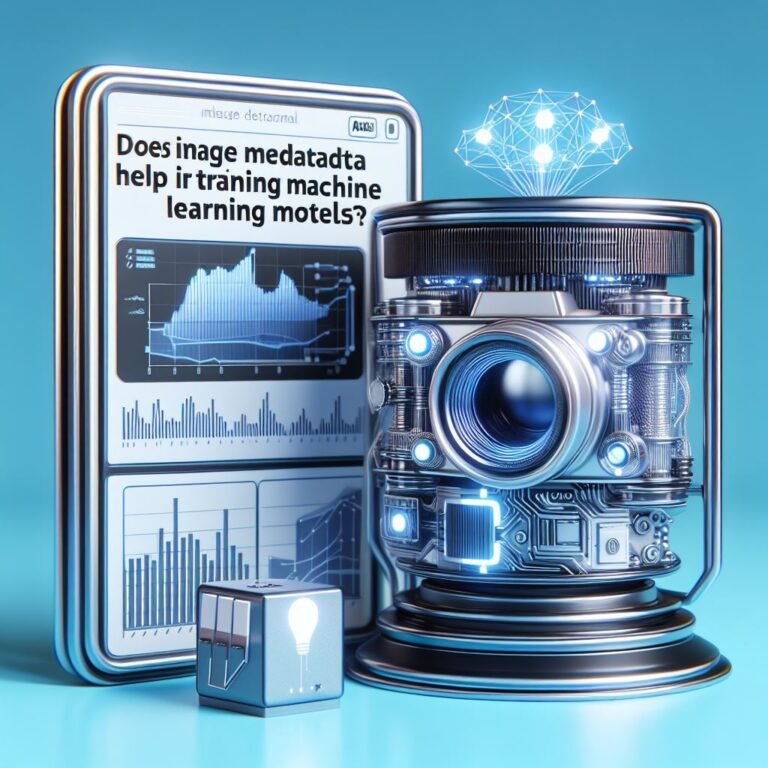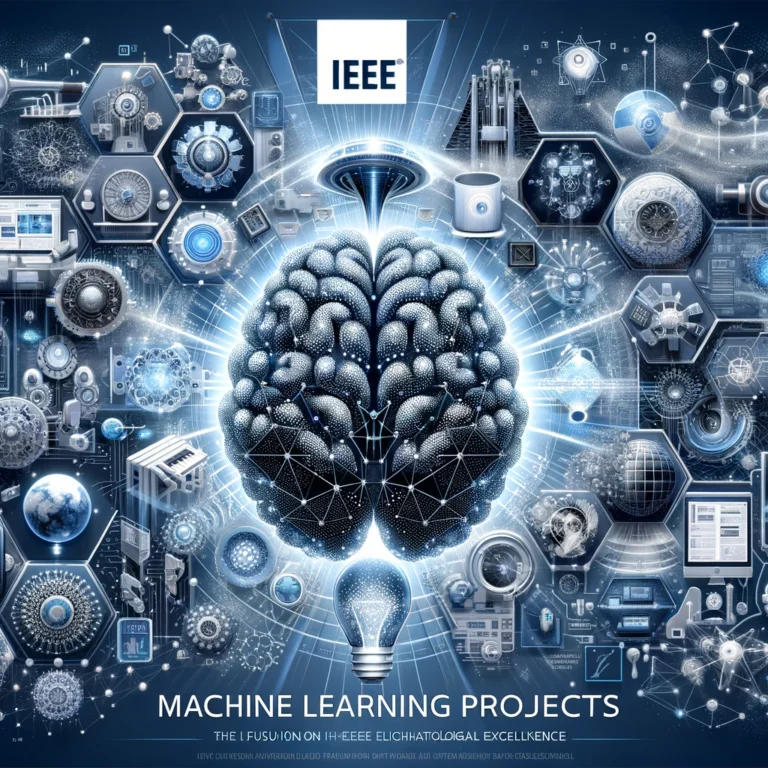Reinforcement Learning In Machine Learning Ppt
Reinforcement Learning (RL) is a powerful paradigm in the field of machine learning, representing a significant departure from traditional supervised and unsupervised learning techniques. This form of learning centers on the interaction of an agent with an environment, enabling autonomous learning through the mechanism of trial and error. At its core, RL tackles the challenge of sequential decision-making, a fundamental aspect of artificial intelligence that underpins many complex tasks. In this comprehensive guide, we will unfold the layers of RL from the ground up, offering essential insights for those looking to venture into the exciting world of reinforcement learning.
Understanding RL In Machine Learning PPT More Deeply
Before we plunge into the mechanics of RL, it’s crucial to understand its significance in today’s AI landscape. Unlike supervised learning, where the model is trained on labeled data, and unsupervised learning, which uncovers hidden patterns in data, RL coaches an agent to make sequences of decisions. This self-learning model can be likened to teaching a dog new tricks through the use of positive and negative reinforcement, albeit with a layer of algorithmic complexity that opens doors to a vast array of applications.
The Basics of Reinforcement Learning
To understand RL is to appreciate its fundamental components. These include:
- The Agent — The learner or decision-maker
- The Environment — Everything the agent can interact with, learn from and affect
- The Action — The set of choices available to the agent
- The State — The current condition of the environment
- Reward — The feedback from the environment for the agent’s actions
By mastering the interaction of these elements, we can train agents to perform at high levels in a multitude of domains.
Reinforcement Learning As the Key to Unlocking the Power of AI
At its pinnacle, reinforcement learning equips machines with the capability to harness intelligence from their environment, leading to a new era of flexible, adaptable, and problem-solving AI. This section will hone in on how RL can push AI’s boundaries, from video game playing to complex robotic control.
Bridging the Gap with Human-Level Performance
One of the most striking aspects of reinforcement learning is its ability to approach and often surpass human-level performance in tasks that were once considered beyond the reach of AI. The famed AlphaGo system, developed by DeepMind, is a poignant example, illustrating how RL can conquer strategic complexities that have confounded experts for centuries.
Reinforcement Learning for Optimal Decision-Making
When decisions are based on not just immediate rewards but long-term gains, the true power of RL emerges. Markov Decision Processes (MDPs), which encapsulate the sequential decision-making model in RL, provide a formal framework for finding the optimal path, ensuring that each action is thoughtfully planned to maximize cumulative, long-term reward.
Reinforcement Learning In Machine Learning PPT: From Theory to Implementation
Moving from theory to implementation is a significant leap, and this section will explore the steps required to put RL into practice. We’ll discuss setting the problem, designing the environment, selecting an algorithm, and training and evaluating the agent.
Setting Up the Problem
The first step is to define the problem in terms of the RL framework. What constitutes a state? What actions are possible? And most crucially, how do we frame the rewards for our agent?
Environment Design
The design of the environment is as important as the design of the agent. RL often works in tandem with simulations of real-world scenarios, and building environments that accurately reflect the complexities of reality is a craft in its own right.
Selecting an Algorithm
RL offers a diverse toolkit of algorithms, each suited to varying problem domains. From Q-learning to Deep Deterministic Policy Gradient (DDPG), understanding these algorithms’ strengths and weaknesses is key to successful deployment.
Training and Evaluation
Training an RL agent can be an intensive process with a substantial dependency on computational resources. Effective evaluation methods can provide insights into the progress of the agent’s learning and whether it’s ready for real-world application.
Exploring the Fundamentals of Reinforcement Learning
Balancing Exploration and Exploitation
One of the critical challenges in RL is the exploration of new actions versus the exploitation of the known best actions. This section will address the trade-off and methodologies like epsilon-greedy policies, which set a balance between exploration and exploitation.
Model-Based and Model-Free Approaches
Model-based RL uses a model of the environment to plan and learn, while model-free RL learns directly from interacting with the environment. We’ll take a closer look at the virtues and trade-offs of each approach.
Function Approximation
In RL, function approximation is used to handle large state and action spaces, which is common in real-world scenarios. Techniques such as neural network approximators play a crucial role in scaling RL to handle complexity effectively.
Reinforcement Learning In the Loop: Real-World Applications Unveiled
The versatility of RL finds its strength in its real-world applications. From robotics to recommendation systems, RL is reshaping industries and pushing the frontiers of what machines can achieve.
Robot Control and Task Automation
RL enables robots to learn and adapt to their environment, facilitating complex tasks in manufacturing, logistics, and hazardous environments where the exact conditions may not be known a priori.
Adaptive Learning in Marketing and Recommendation Systems
Marketers utilize RL to tailor customer experiences in real-time, adapting recommendations and advertisements to optimize user engagement and outcomes.
Strategic Business Decision-Making
In more corporate settings, RL can be employed to simulate and optimize strategic decision-making, such as pricing strategies and inventory management, leading to more robust and adaptive business models.
Mastering the Art of Reward Systems in Reinforcement Learning
The reward signal in RL acts as a compass for the agent, guiding it toward desirable states of action. Crafting an effective reward system is an intricate process that warrants consideration and care.
Shaping Rewards for Optimal Learning
Reward shaping can significantly accelerate learning by breaking down complex tasks into simpler, more frequent rewards. However, the design of these shaped rewards must be approached thoughtfully to avoid unintentional consequences.
Delayed Rewards and Temporal Credit Assignment
In many real-world scenarios, the reward for an action may be delayed, making it challenging for the agent to attribute the reward accurately. Techniques, such as Temporal Difference learning, enable the agent to assign credit appropriately.
Intrinsic Rewards and Curiosity-Driven Learning
Intrinsic rewards are those that the agent generates within the learning process, fostering a more exploratory behavior. This section will explore how they can be utilized to encourage curiosity and improve learning efficiency.
Demystifying the Markov Decision Process
At the heart of reinforcement learning lies the Markov Decision Process, which provides a mathematical framework for modeling RL problems. In this section, we’ll demystify MDP, understanding its components and solving for optimal policies.
The Markov Property and State Transitions
MDPs hinge on the Markov property, which posits that the future state of the environment is solely dependent on the current state and action, free from the histories of prior states.
Value Functions and Policy Evaluation
Value functions give the expected cumulative reward of being in a state or following a particular policy. We’ll explore the critical role of value functions in evaluating and improving policies.
Bellman Equations and Optimal Policy Search
The Bellman equations express the value of a state as the immediate reward plus the value of the possible next state. Solving these equations leads to the discovery of the optimal policy for the agent.
Strategies for Optimal Decision-Making in Reinforcement Learning
The quest for optimal decision-making is the raison d’être of reinforcement learning. This section will shed light on the strategies and methodologies employed to ensure agents make the best possible choices in dynamic environments.
Exploration Strategies and the Role of Randomness
The exploration of new actions is vital for discovering optimal policies. We will discuss various exploration strategies, from epsilon-greedy to Boltzmann exploration, which introduce controlled randomness into the decision-making process.
On-Policy and Off-Policy Learning
On-policy learning methods update the policy that is used to make decisions, whereas off-policy methods update a different policy from the one used to acquire the data. We’ll analyze the implications of each approach.
Monte Carlo and Temporal Difference Methods
Monte Carlo methods estimate the value of a state by averaging the returns of multiple episodes, while temporal difference methods update estimates based on those of subsequent states. We’ll examine the nuances of each method and their applications.
The Future of Intelligent Systems Is Here: Reinforcement Learning and AI
With the growing complexity of tasks and environments, the future of AI lies in reinforcement learning. We’ll discuss the potential of RL in shaping the next wave of intelligent systems and the evolving role it will play in our lives.
Autonomous Systems and Reinforcement Learning
From self-driving cars to automated drones, autonomous systems rely on reinforcement learning to perceive their environment and make split-second decisions that can save lives and resources.
Reinforcement Learning and Cognitive Systems
Cognitive systems that learn and reason are on the horizon, promising to change the healthcare landscape and beyond. We’ll examine how RL is a foundational building block for these intelligent systems.
The Ethical Implications of AI and RL
Reinforcement learning, like all AI, comes with significant ethical considerations. This final section will explore the potential pitfalls of RL and how to approach the development and deployment of RL systems with ethics at the forefront.
A Step-by-Step Tutorial for Reinforcement Learning Beginners
If you’re just starting on your RL journey, this step-by-step tutorial will walk you through the essential concepts and give you a hands-on experience with tools and frameworks. Whether you’re a student or a professional looking to expand your skill set, this tutorial will lay a solid foundation for RL exploration.
Setting Up Your Development Environment
The first step to any programming task is the setup. We will guide you through installing Python, Jupyter notebooks, and essential RL libraries like OpenAI Gym and TensorFlow.
Building Your First Reinforcement Learning Environment
With your environment set up, it’s time to build your first RL environment. We’ll start with a simple problem, getting you familiar with the RL process from defining the actions and states to receiving rewards.
Choosing and Implementing An Algorithm
From standard Q-learning to more complex deep reinforcement learning, we’ll help you choose an algorithm that’s suited to your challenge and guide you through its implementation.
Training Your Agent and Analyzing Results
Training your agent is an iterative process. We’ll explore how to fine-tune your training, analyze the learning curve, and ensure your agent is developing the desired behavior.
Beyond The Basics: Application and Extension
Once you’ve mastered the basics, there’s a wealth of advanced topics and applications you can explore. We’ll provide resources for further study and challenge you to push the boundaries of what’s possible with reinforcement learning.













